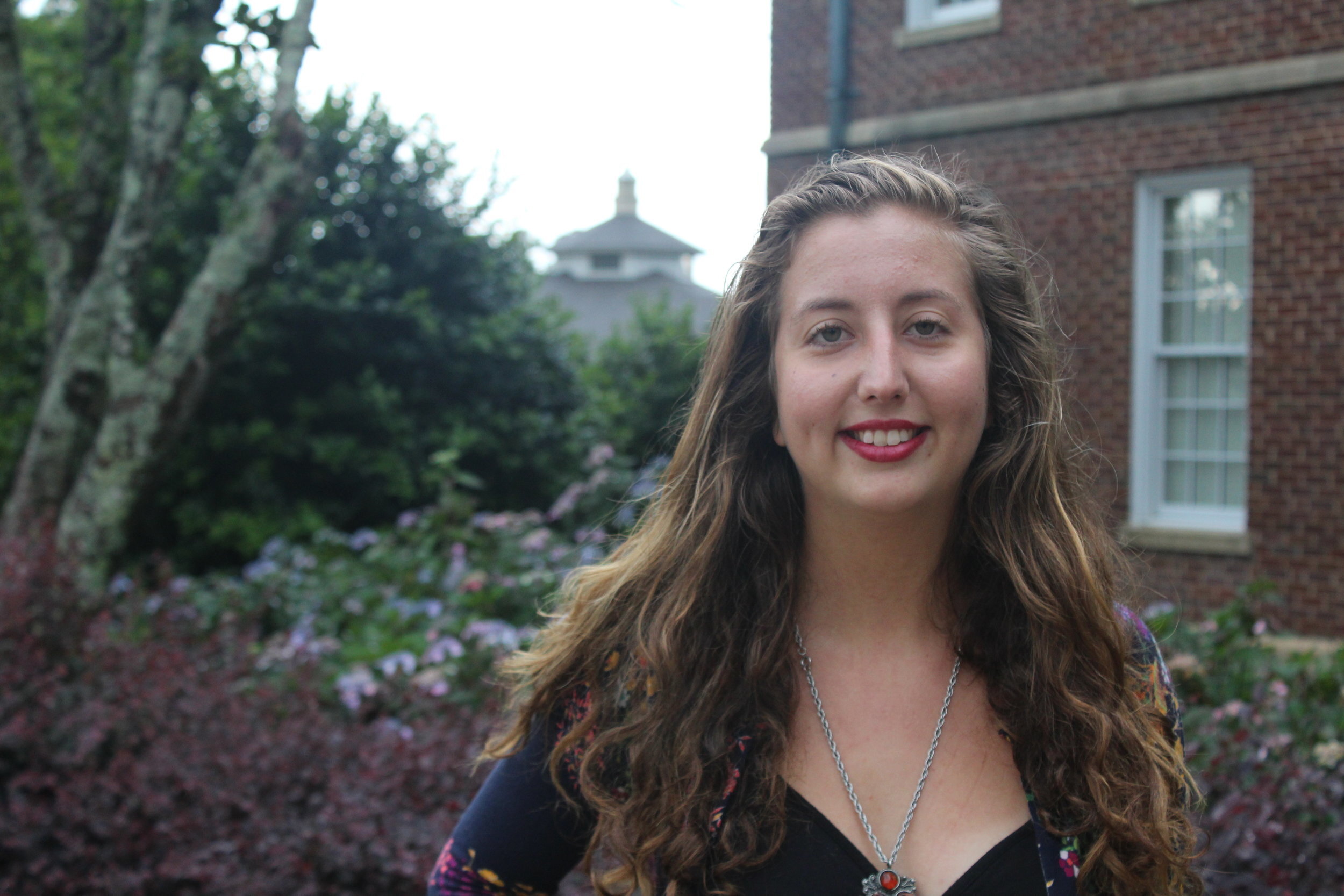Teaching About Central America in Mississippi
By Alexandra Melnick
Alexandra Melnick
The community I grew up in is far different than my current Mississippi Delta home, but in a lot of ways I see many similarities. While teaching at a Title 1 school, I have found it incredibly useful to bring in many Teaching for Change recommended resources for Teaching Central America, I found the lessons for the online documentary “When We Were Young, There Was a War” especially invaluable. They help me connect my experiences to those of my students, and help expand the worldview of students who often have not even traveled ten miles away to the Mississippi river running by their town.
I am especially drawn to the material of “When We Were Young” because I grew up and started my activism and career work in Jupiter, Florida. This town has deep connections to Guatemala, and is adjacent to possibly the largest settlement of Guatemalan Mayans in the United States. Thus, when I moved to Mexico many years later, I felt home in rural Yucatan which borders Guatemala and is the center of Mayan life in Mexico. With these experiences, I knew I had to bring the stories and struggles of one persecuted community to my students — especially because I work in a Title 1 school that is almost entirely African-American. It is my belief that no struggle is unconnected and I make it an essential part of my pedagogy to discuss all liberatory movements and leaders from Fannie Lou Hamer to Cesar Chavez.
First, I introduce my juniors to the images from Leaving Home: Socratic Dialogue with Art and use it to teach allegory and character motivation. I explore the imagery with students, and ask them to describe what they see and to describe the possible emotions the figures experience. They then cite evidence to back up their answers. Next, I introduce students to the artist behind the paintings and explain briefly the historical and social context she is situated in. Finally, I have students describe what the figures are “really” flying to, and what their flight and outstretched arms represent. I also use this time to explore basic character motivation, for example saying: “what would make them fly away?” and etc.
The next day, I connect this lesson with either Hamlet or Bud, Not Buddy depending on the class reading unit and have students draw in similar styles of Leaving Home what Hamlet or Bud would be flying to. I also have students discuss on the backs of their drawings what “freedom” means to these characters or what a safe “home” means to these characters.
With the basic contextualizing out of the way, I make use of “When Were We Young” as first a whole group exploration and then as a webquest. I allow the class to vote on one video to watch, and we take notes comparing and contrasting the lives of the one selected figure. Then, they are set free to watch and explore the rest while documenting the summaries of these stories.
These students then will journal about their thoughts and feelings on the topic and connect it to other social justice issues we see in our daily lives such as substandard education, violence, food insecurity, etc.
Afterwards, students read Warshan Shire’s “Home” and analyze the poem. Next, they illustrate each image of the poem and create their own pictographs representing the text. They connect the experiences of “When We Were Young” to the issues described in “Home” and write at length about the importance of helping refugees. After every lesson, I invariably will have students proclaiming that is very important to help refugees and that they think this is an urgent issue. Students also express sadness that people have no choice but to become refugees to save their life, and express their opinion that immigrants should be considered a valuable and welcomed part of our community — especially since many have to undergo so many difficult events to arrive in our country!
Later in the nine week unit I incorporate two other associated teaching resources from “When We Were Young” and/or the Central American resources. This could be doing a visual analysis of a video from the anthology or writing a short fiction piece imagining a segment of their lives.
This year, I had students select evocative and “important” seeming details from “Little Cambray Tamales” and then create their own recipe poem showing their culture. I also had students create their own “belief” creeds from the structures provided in the “Personal Creed” lessons.
I think it is so valuable to have students consume literature from beyond their own culture or continent and allow them some sense of ownership or stake in the creative process and negotiation of the text. I deeply enjoy using these resources, and find them culturally enriching, incredibly eye-catching, and perennially relevant in the secondary English Language Arts (ELA) classroom.
Alexandra Melnick teaches in the Delta region of Mississippi. A graduate of Millsaps College and a member of the Mississippi Teachers Corp 2017 cohort, she has also written for Teaching Tolerance.


